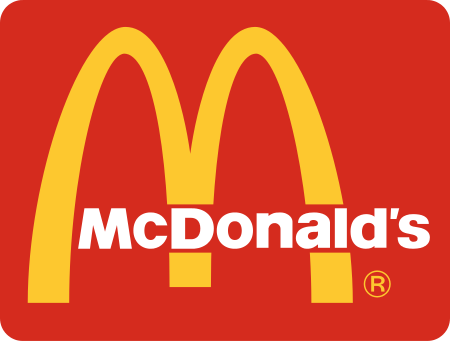From paleo to vegan to Big Mac diets: 5 health facts that came out of the Rio Olympics

Rio Olympics 2016 have now come to the official; leaving us with inspiring stories of athleticism and kindness all through these past few weeks.
Though there may be many angles one could analyse the most amazing sports’ event on earth; the following is a look at the various health and diet anecdotes that emerged from the Rio Olympics.
The Art of Cupping
To a novice ears cupping may sound like the aftermath of a celebratory gathering after a gold medal win; however, in Rio Olympics, the cupping made the headlines with prominent athletes proudly showing off their reddish circular marks that the ancient procedure of cupping leaves behind. Of course, people were astonished after witnessing Michael Phelps gathering a plethora of Gold medals at Rio; they were equally amazed by the cupping marks all over his back and arms.
And upon analysing one could see numerous athletes with cupping marks; most athletes cited that they used the therapy to accelerate the muscle recovery after intense workout sessions. The ancient method of cupping involves special cup that was then placed on desired parts of bodies after being heated to create suction. The suction pulls the skin slightly upwards causing the capillaries to rupture and release of the toxins to help muscles recover quickly.
Acupuncture under Scrutiny
One treatment that took off really quick during the Beijing Olympics 2008 was the application of Kinesiology tape. The theory was that the treatment significantly alleviates muscular discomfort and helps facilitate lymphatic drainage. Despite the fact that many athletes reported to have used the Kinesiology tape, there was never any substantial scientific study behind it to prove the theory.
The criticism on Kinesiology tape has raised the questions about the use of Acupuncture amongst the Rio Olympics’ athletes. Although acupuncture also lacks any scientific evidence behind its mechanism, the testimonials of the players in its favours are always overwhelming that it certainly helps reduce stress and alleviate physical pain.
McDonald breaks the Internet at Rio
If you are on Instagram, you must have seen those long ques of athletes waiting to be served; what you may not know however is that MacDonald has a long tradition of serving the players a quick fix during their adventures at Olympics.
The tradition kicked off some 25 years ago in the Winter Games in Grenoble, France when McDonalds decided to treat the US athletes with its treasured ham-burgers. This year the ques for the meals were so long that they broke the internet. Meals from the Golden Arches as it is now known as, is so popular that the company had to put a cap for 20 items per order. However, depending upon the performance of the athletes the cap on the order limit becomes less and less relevant.
Vegans Pitch in
Shifting from one end of the diet-spectrum to another, where one athlete is keeping it all disciplined with his strictly vegan diet, however, incompatible it may see considering its field of sport. Kendrick Farris is competing in 2016 Rio Olympics in men’s weightlifting, a field that has become synonymous to strong protein intake. However, Farris is a religious vegan and has fascinated his fans with his dedication and performance.
Farris said that although a typical weightlifter would eat high protein animal steaks on a regular basis to maintain the balance with high workout and muscle degeneration; his vegan diet has actually made him stronger and much more focussed then before. He said that his vegan diet helps his body recover faster after wear and tear, and he feels orders of magnitude lighter and that his mind is now more clear and focussed.
The Paleo Diet
In a quest to stay fit and beat the opponents, many athletes have claimed to have adopted a less-known and rather emerging diet plan known simply as the Paleo diet. The Paleo diet works on one simple guiding principle that East what we are made to eat, and we will be healthier. Well as you can imagine this is highly debateable and the notion that what we are made to eat entirely depends on one’s individual understanding of human evolution and our digestive system.
Those in disagreement cite the variety of Paleo humans or hunter-gatherers as they are simply called, that those humans ate protein, fats and carbs in great proportions to keep them fit for the tough lifestyle they had. Paleo diet proponents’ opposition to lactose is also criticized by the scientists who believe that we have evolved enough to handle dairy products, and we must not be hostile towards these food products.
